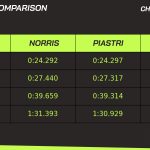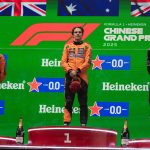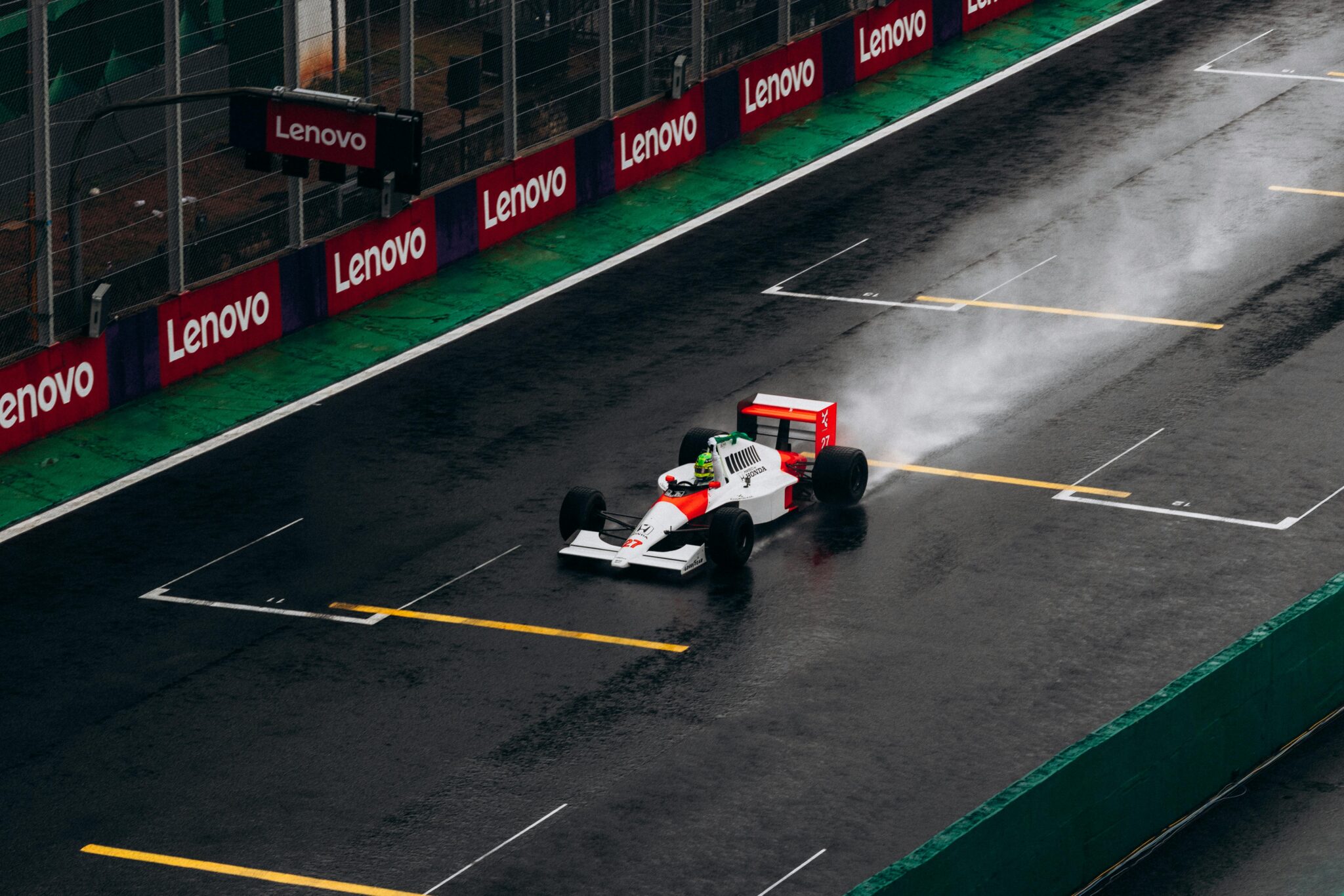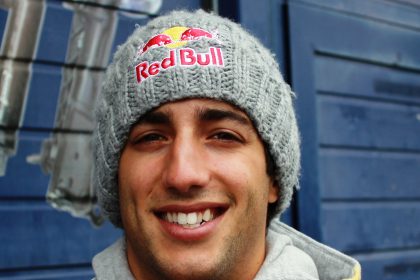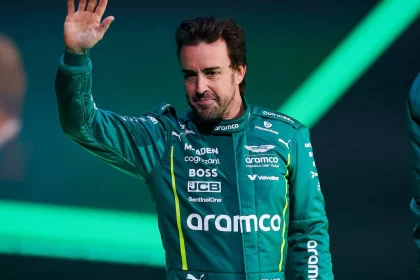If Formula 1 is a sport of passion, then Interlagos is its cathedral—where the gods of speed have wept, triumphed, and occasionally, been left utterly bewildered by the whims of fate and weather. The São Paulo Grand Prix, formerly the Brazilian Grand Prix, is not just another race on the calendar. It is a living, breathing drama, staged on a rollercoaster of tarmac that has seen more plot twists than a telenovela marathon. As we approach the 2025 edition, let’s take a walk through the mist, the rain, and the roar of the crowd to revisit the most unforgettable moments that have defined this legendary event.
- Where Legends Are Forged: The Birth of Brazilian F1 Passion
- Senna’s Agony and Ecstasy: 1991, The Day a Nation Held Its Breath
- The Last-Lap Miracle: 2008 and the Heartbreak of Felipe Massa
- Rain, Chaos, and the Unexpected: The 2003 and 2012 Epics
- Schumacher’s Farewell and Raikkonen’s Heist: 2006 and 2007
- The Modern Era: Hamilton’s Comebacks and Verstappen’s Mastery
- 2024: Verstappen’s Wet-Weather Miracle and Alpine’s Double Delight
- The Numbers Behind the Magic: Records and Statistics
- The Carnival Never Ends: São Paulo’s Enduring Magic
- Waste a Bit More Time
Where Legends Are Forged: The Birth of Brazilian F1 Passion
The story begins in 1973, when Interlagos first hosted the Formula 1 circus. The circuit, officially named Autódromo José Carlos Pace after the tragic death of local hero Carlos Pace in 1977, quickly became a cauldron of national pride. Emerson Fittipaldi’s victory in that inaugural race was more than a win—it was a coronation. The crowd’s reaction set the tone for decades: in São Paulo, victory is not just celebrated, it is worshipped.
The 1975 race, run in biblical rain, saw Fittipaldi master the elements again, cementing his status as Brazil’s first F1 saint. The circuit’s undulating layout, unpredictable weather, and feverish fans would soon become the stuff of legend.
Senna’s Agony and Ecstasy: 1991, The Day a Nation Held Its Breath
No tale of Interlagos is complete without Ayrton Senna. For years, the home win eluded him—mechanical failures, bad luck, and the sheer weight of expectation conspired against Brazil’s greatest sporting icon. But in 1991, Senna finally broke the curse. Stuck in sixth gear for the final laps, arms numb, he dragged his McLaren across the line, screaming in agony and joy.
When he got the job done, the relief and emotion came flooding through on the radio in the form of screams, audible sobbing and the words ‘I can’t believe it’.
Sky Sports F1
Senna could barely lift the trophy, but he managed to raise the Brazilian flag, tears streaming down his face. It was a victory that transcended sport—a moment when a nation’s hopes and a man’s willpower became one. Watch the emotional highlights here.
The Last-Lap Miracle: 2008 and the Heartbreak of Felipe Massa
If you want to understand the cruelty and beauty of Formula 1, look no further than the 2008 Brazilian Grand Prix. Felipe Massa, the local boy, did everything right—he won the race, his family celebrated, and for a few glorious seconds, he was world champion. But then, on the final corner of the final lap, Lewis Hamilton overtook Timo Glock, snatching the title by a single point.
It is, that’s Glock.
Martin Brundle
The image of Massa, dignified in defeat, tears in his eyes as the crowd’s cheers turned to stunned silence, remains one of the most poignant in F1 history. The phrase “Is that Glock?!” is now etched into the sport’s folklore. Relive the drama here.
Rain, Chaos, and the Unexpected: The 2003 and 2012 Epics
Interlagos has a habit of inviting the rain gods to the party. In 2003, the heavens opened and chaos reigned. Cars aquaplaned off the track, the safety car was a frequent visitor, and the winner was only decided days later after a timing error was corrected. Giancarlo Fisichella, driving for the underdog Jordan team, was declared the victor in one of the wildest races ever.
Fast forward to 2012, and the championship was on the line again. Sebastian Vettel was spun on the first lap, his car damaged, but he clawed his way back to sixth, enough to secure his third consecutive title by just three points over Fernando Alonso. Rain, crashes, and a championship decided in the final laps—Interlagos at its unpredictable best.
Schumacher’s Farewell and Raikkonen’s Heist: 2006 and 2007
Michael Schumacher’s final race for Ferrari in 2006 was a masterclass in determination. After a puncture dropped him to 19th, he stormed through the field to finish fourth, overtaking rivals with the kind of ruthless efficiency that defined his career.
The following year, the title fight was a three-way shootout. Kimi Raikkonen, seemingly out of contention, won the race and the championship, overcoming a seven-point deficit in one of the closest finishes ever. Interlagos, once again, proved that nothing is decided until the chequered flag falls.
The Modern Era: Hamilton’s Comebacks and Verstappen’s Mastery
The 2016 race saw Max Verstappen announce himself as a future superstar. In torrential rain, he produced a drive for the ages, overtaking at will and finishing third after a late charge. It was, as many called it, the “Drive of the Decade.”
In 2021, Lewis Hamilton faced a mountain of penalties—disqualified from qualifying, starting last in the sprint, and 10th in the race. He carved through the field, overtook Verstappen in a wheel-to-wheel duel, and won, keeping his title hopes alive in what many consider one of the greatest comebacks in F1 history.
It was a masterclass from Max. In difficult conditions, he stayed calm and made the right calls.
Christian Horner, Red Bull Team Principal, on Verstappen’s 2024 win
2024: Verstappen’s Wet-Weather Miracle and Alpine’s Double Delight
The most recent edition, the 2024 São Paulo Grand Prix, was a reminder that Interlagos never loses its taste for drama. Torrential rain turned the race into a strategic minefield. Qualifying was delayed, and the grid was shuffled by penalties and red flags. Max Verstappen, starting 17th after a troubled qualifying and a grid penalty, delivered a performance for the ages.
By lap two, he was already in the top ten. As the rain intensified, chaos ensued—crashes, red flags, and safety cars. Verstappen’s decision to stay out on slicks as others pitted for wets proved decisive. When the race resumed, he overtook Esteban Ocon for the lead and never looked back, winning by nearly 20 seconds.
The real shock, however, was Alpine’s double podium—Ocon second, Gasly third—a result that sent shockwaves through the paddock and delighted neutral fans everywhere. Watch the 2024 race highlights here.
The Numbers Behind the Magic: Records and Statistics
Let’s not forget the cold, hard numbers that underpin the Interlagos legend:
- Most wins at Interlagos: Michael Schumacher (4), Alain Prost (6 overall in Brazil, but only 1 at Interlagos), and more recently, Max Verstappen (multiple wins since 2019).
- Most successful team: Ferrari (9 wins at Interlagos), followed by McLaren and Williams.
- Most laps led: Schumacher (236), Prost (235), Vettel (233), Massa (183), Senna (169), Hamilton (162).
- Recent pole sitters: The likes of Bottas, Magnussen, Verstappen, and Norris have all started from the front in the modern São Paulo GP era.
For a full breakdown of the most successful drivers and teams, see the table below:
| Driver | Wins at Interlagos | Notable Records |
|---|---|---|
| Michael Schumacher | 4 | Most laps led (236) |
| Alain Prost | 1 (6 in Brazil) | Most Brazilian GP wins overall |
| Ayrton Senna | 2 | Iconic 1991 win |
| Max Verstappen | 3+ | Wet-weather masterclass 2024 |
| Lewis Hamilton | 3 | Last-lap title in 2008 |
| Felipe Massa | 2 | Heartbreak in 2008 |
The Carnival Never Ends: São Paulo’s Enduring Magic
What makes Interlagos unique is not just the layout or the weather, but the atmosphere. The grandstands are a sea of yellow and green, the air thick with anticipation and samba rhythms. Every year, the circuit delivers something new—a maiden win, a title decider, a miracle comeback, or a heartbreak that lingers for years.
The 2025 edition promises more of the same. With a new Brazilian hope in Gabriel Bortoleto making his home debut, and the championship battle tighter than ever, expect the unexpected. As history has shown, Interlagos is where legends are made—and sometimes, unmade.
Waste a Bit More Time
- Five Dramatic Moments | Sao Paulo Grand Prix – YouTube
- Race Highlights | 2024 Sao Paulo Grand Prix – YouTube
- Lewis Hamilton sparks Felipe Massa heartbreak in iconic F1 title showdown
- Sao Paulo Grand Prix: Six iconic Interlagos moments … – Sky Sports
- Highlights of the São Paulo Grand Prix: get to know everything that happened
- Five Outstanding Battles At The Sao Paulo Grand Prix – YouTube
- São Paulo Grand Prix History: An Unforgettable Journey to 2025
- Facts & History – Brazilian Grand Prix – F1Destinations.com





